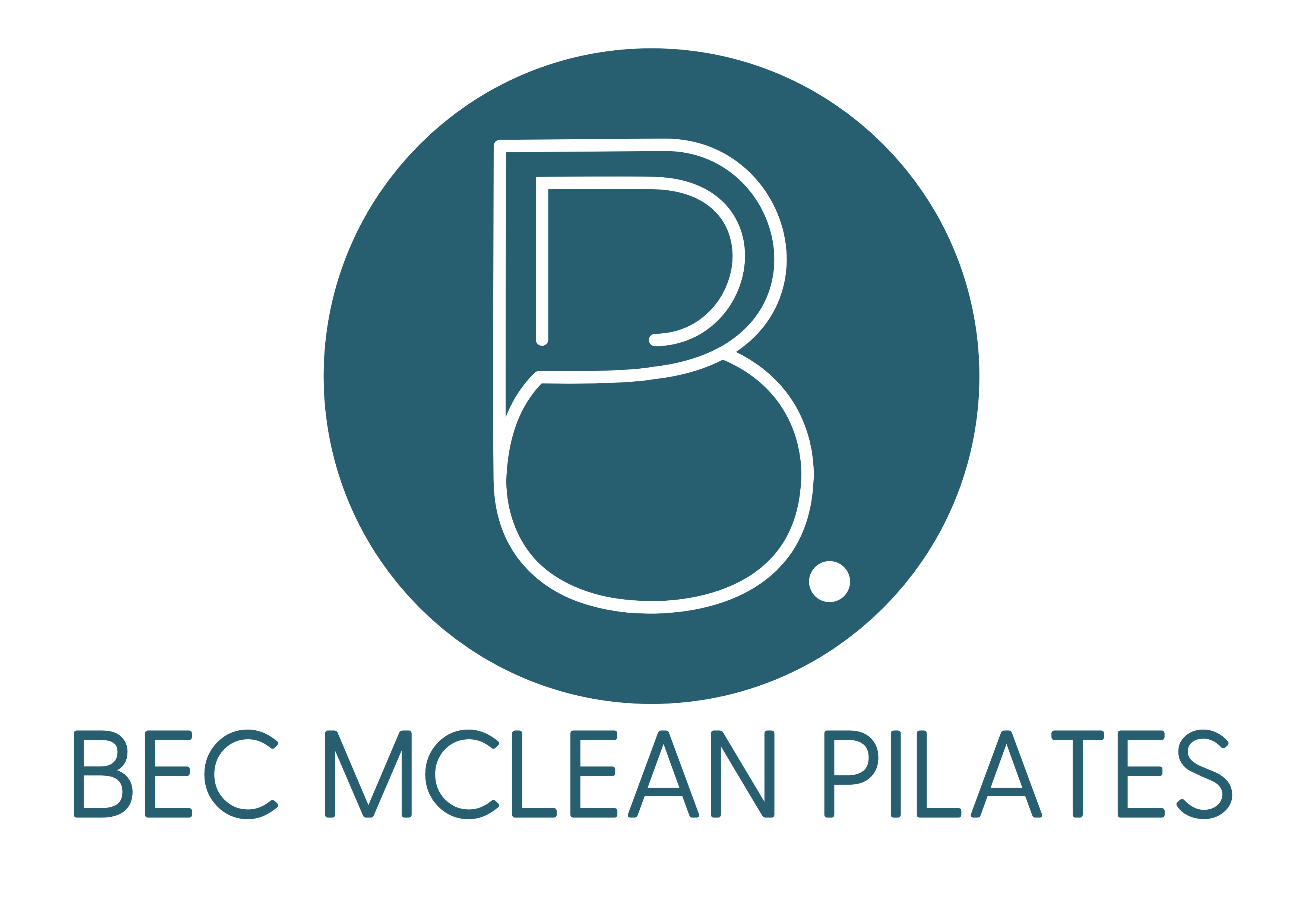Stretching – Why We Shouldn’t Stretch
If you take one of my classes in person or online, you will very rarely hear me use the word ‘stretch’. It has taken me some time to adjust my language, because stretching has been a huge part of our lives for years! Throughout my childhood playing lots of sports, we always warmed up and cooled down with static stretches. As an adult, I was taught to do the same thing before and/or after a round of golf, weights session, a run, netball match etc. I didn’t think too much of it because holding a static stretch generally feels pretty good. It felt like a great end to a tough session to relax and hold my legs long in a hamstring stretch, or cross my ankle over the opposite knee and come into a glute stretch. So if it feels good, it must be good for our body, right? No!
The verdict on static stretching has been out for a while, but it’s only over the last couple of years that it has become more prominent in my head space. Thanks to Paul Thornley and his involvement with various fascial research societies, I have learnt so much from him and his colleagues over the last year or two, which in particular has brought to light the fact that we really shouldn’t do any static stretches.
When we hold a static stretch we are not actually lengthening our red muscular fibres, we are damaging our white architectural tissues instead. When you feel the pull when you go into your end range in a static stretch, you are in fact feeling your fascia. You cannot stretch the red muscular fibres. We do not want to stretch our fascia – we want to maintain the tension and compression within our body and always work toward restoring our tissues to their natural state only.
I love Pilates because it provides so many ways to work on our mobility without having to hold a static stretch. We want to focus on movements that can help to restore our tissues to their natural state, rather than trying to over-stretch them. Once we over-stretch them, we’re not going to get that tension back and that can have a huge effect on our whole body. So what should we do? There are so many ways to work on restoring our tissues to their natural state to feel the mobility and ease of movement that we want to feel in our body. Using movements that bounce and hydrate our tissues, exploring our end ranges with playful and 3 dimensional movements, varying our tempos, using swing patterns and so much more. I try to incorporate these movements into my sessions as much as possible and I can guarantee that your body will feel amazing when you do them. I find they give me a feeling of more space in my body and my tissues feel they are gliding over each other rather than feeling tight and stuck. And I don’t have to hold a static stretch to get that lovely, lengthening and freedom of movement.
If you would like to know more, then I highly recommend you see Paul Thornley’s workshop on Stretching (available on https://www.victoriaroper.com/on-demand). It is time that we all start changing the way we move our bodies and our approach to stretching is at the top of the list!



The lengthening of red muscle fibres is well-documented in the scientific literature. If muscle fibres did not lengthen during a stretch, we would not see a drop-off in the magnitude of active tension that the fibres can produce, which occurs precisely because the muscle fibres elongate to the point of insufficient sarcomere overlap. Muscles can also optimise their length-tension curve to new lengths, which means that we don’t lose tension – quite the opposite, in fact, we get better at producing tension at longer muscle lengths.
Hi Dan, thank you so much for your comments. I appreciate and respect your knowledge and thoughts on this matter. As a student of biotensegrity, I understand that this is a new position to take and not without controversy, but increasingly supported by credible peer reviewed research. Thanks again for taking the time to comment.